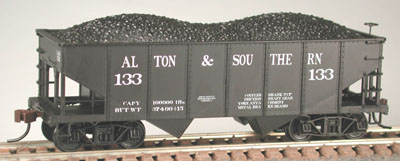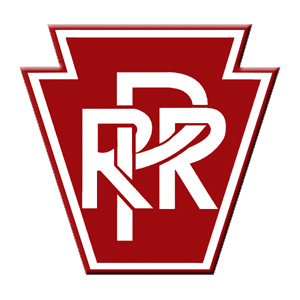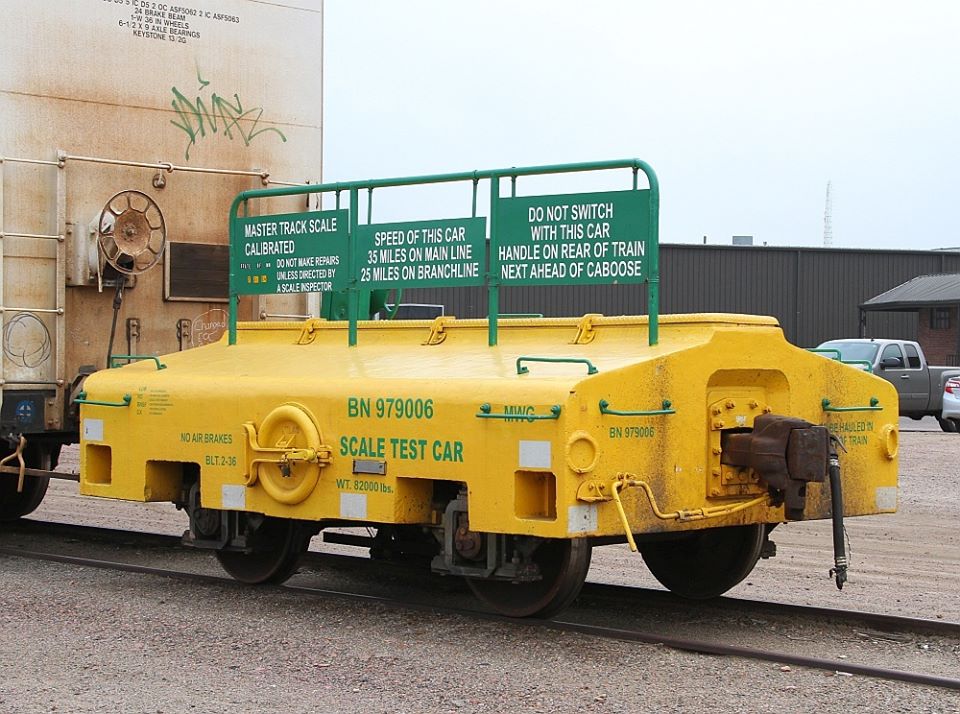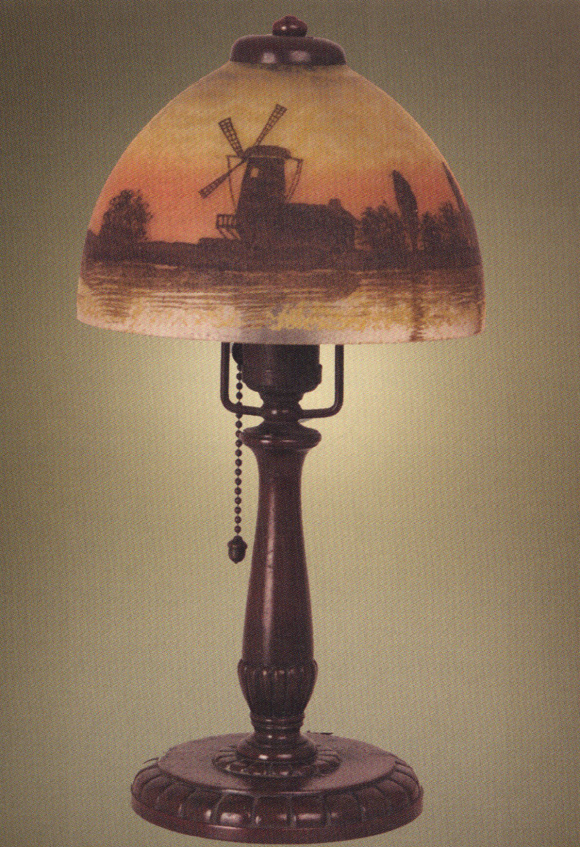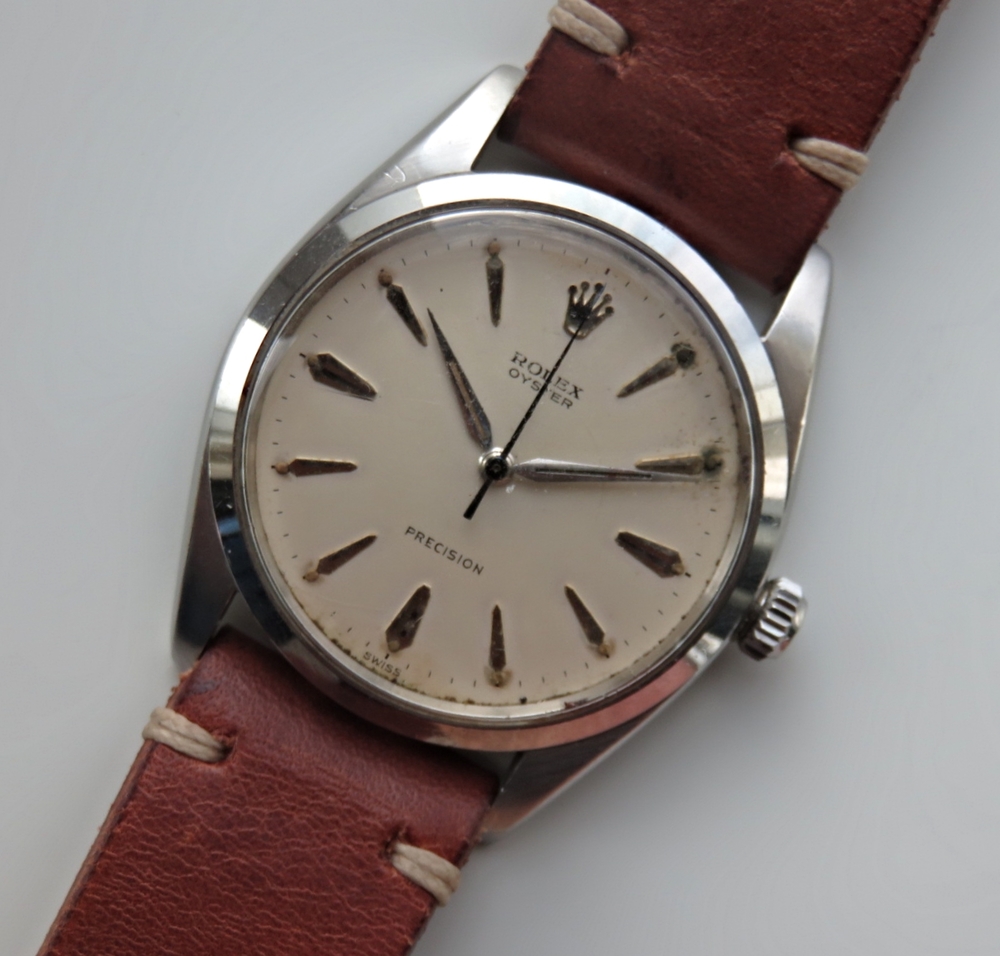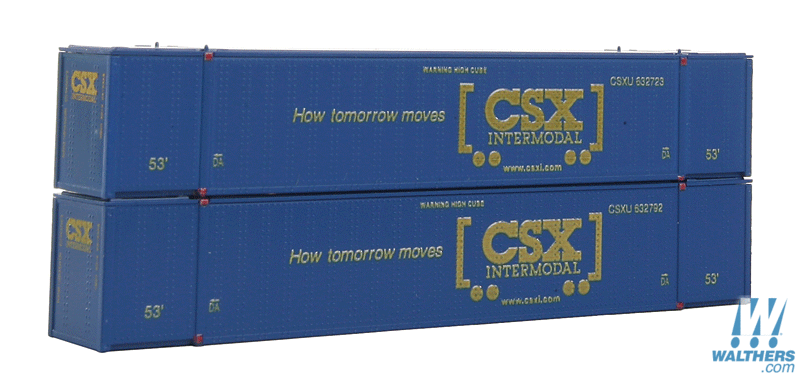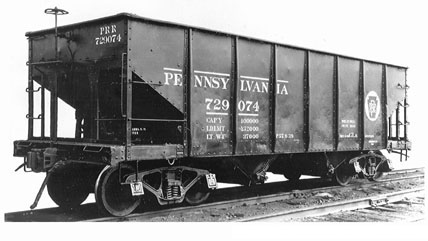Model Information: Bowser originally produced these models in kit form. However, all releases since 2007 or so are in Ready-To-Run (RTR) form. The kit form it included: a one piece plastic molded body, underframe, brake wheel, air reservoir, brake cylinder, control valve, X2f and McHenry KS couplers, plastic trucks/wheels and steel car weights.
This model comes in two variations: a vertical and a horizontal brake wheel. The ones with vertical brake wheels are delicate, so handle them with care. The plastic loads that come with the cars are low-to-mid grade quality and not up to the standards of the rest of this quite excellent car. Recent releases use high grade (MTL clone) body-mounted couplers and blackened metal wheels and are easily a nice value for their relatively low cost.
This model comes in two variations: a vertical and a horizontal brake wheel. The ones with vertical brake wheels are delicate, so handle them with care. The plastic loads that come with the cars are low-to-mid grade quality and not up to the standards of the rest of this quite excellent car. Recent releases use high grade (MTL clone) body-mounted couplers and blackened metal wheels and are easily a nice value for their relatively low cost.
Prototype History: In 1898, Pressed Steel Car Co. built the first all-steel hopper car designated the GL. The Pennsylvania Railroad would purchase several thousand of this design. Due to production backlogs at P.S.C.Co. and flaws in the initial design, the Penny came up with its own all-steel, bottom-discharge hopper car in 1904 designated the GLa. Approximately 30,000 GLa's were produced between 1904 and 1920. The Pennsy also built Gla's for numerous coal companies who were anxious for the well-built and reasonably priced cars. Until the 1960s, this design was one of the three most numerous classes of PRR freight cars. Although by this time, these cars began to rapidly disappear from the PRR roster, a few made it into the Penn Central and even Conrail rosters, lasting into the early 1980s.
Road Name History:  The 32 mile Alton & Southern is the second large belt and terminal line in the St. Louis area, concentrating on the Illinois side of the Mississippi River.
The 32 mile Alton & Southern is the second large belt and terminal line in the St. Louis area, concentrating on the Illinois side of the Mississippi River.
This line was assembled in 1913 by a predecessor of Alcoa. Power in the steam era was provided by Mikados, 0-8-0’s and a rare 0-10-0 heavy switcher. Dieselization began in 1947 when the first Alco RS-2’s arrived. The fleet would remain all-Alco until 1969. Because ALS was free of EMD diesels, they did not benefit from the EMD design department in developing paint schemes. That is why their green and yellow paint schemes appear a bit odd compared to their neighbors. These paint schemes were also used on other shortlines owned by Alcoa during the Alco years. In 1966, Alcoa closed their large facility in the area and put the railroad up for sale. Missouri Pacific and Chicago & North Western each bought a 50% stake. Since the sale by Alcoa, the locomotives have been painted in a combination of MoPac "Jenks Blue" and C&NW harvest yellow. The logo has the shape of C&NW's "circle and bar" logo but the circle is an MP style "buzzsaw."
Just 5 years later, C&NW faced a cash crunch sold their half to Cotton Belt although that has not been reason enough to change the logo or the paint scheme. Now the ALS is owned entirely by Union Pacific but given its position as a terminal railroad, it is operated independently of the UP system. Alton & Southern now has 16 EMD locomotives (14 of which are switchers), and typically calls 10 crews per shift, 3 shifts per day. Their Gateway Yard sorts around 5,600 cars per day.

This line was assembled in 1913 by a predecessor of Alcoa. Power in the steam era was provided by Mikados, 0-8-0’s and a rare 0-10-0 heavy switcher. Dieselization began in 1947 when the first Alco RS-2’s arrived. The fleet would remain all-Alco until 1969. Because ALS was free of EMD diesels, they did not benefit from the EMD design department in developing paint schemes. That is why their green and yellow paint schemes appear a bit odd compared to their neighbors. These paint schemes were also used on other shortlines owned by Alcoa during the Alco years. In 1966, Alcoa closed their large facility in the area and put the railroad up for sale. Missouri Pacific and Chicago & North Western each bought a 50% stake. Since the sale by Alcoa, the locomotives have been painted in a combination of MoPac "Jenks Blue" and C&NW harvest yellow. The logo has the shape of C&NW's "circle and bar" logo but the circle is an MP style "buzzsaw."
Just 5 years later, C&NW faced a cash crunch sold their half to Cotton Belt although that has not been reason enough to change the logo or the paint scheme. Now the ALS is owned entirely by Union Pacific but given its position as a terminal railroad, it is operated independently of the UP system. Alton & Southern now has 16 EMD locomotives (14 of which are switchers), and typically calls 10 crews per shift, 3 shifts per day. Their Gateway Yard sorts around 5,600 cars per day.
Brand/Importer Information: On May 1, 1961, Bowser was purchased by Lewis and Shirlee English and moved from Redlands, CA to their basement in Muncy, PA. The original Bowser Manufacturing Co first advertised in the model railroad magazines in November 1948. At that time, the company had only one (HO Scale) engine, the Mountain, which had a cast brass boiler that is no longer available. It was sometime later that Bowser (Redlands) developed the NYC K-11 and the UP Challenger. The molds were made by K. Wenzlaff who introduced himself at the MRIA Show in Pasadena, CA in 1985 These two locomotives are still current production.
Bowser entered into N Scale in 1998 with their acquisition of the Delaware Valley Car Company, a manufacturer of N scale freight cars.
Bowser entered into N Scale in 1998 with their acquisition of the Delaware Valley Car Company, a manufacturer of N scale freight cars.
Item created by: Lethe on 2015-10-02 10:12:27. Last edited by Lethe on 2020-05-07 00:00:00
If you see errors or missing data in this entry, please feel free to log in and edit it. Anyone with a Gmail account can log in instantly.
If you see errors or missing data in this entry, please feel free to log in and edit it. Anyone with a Gmail account can log in instantly.


